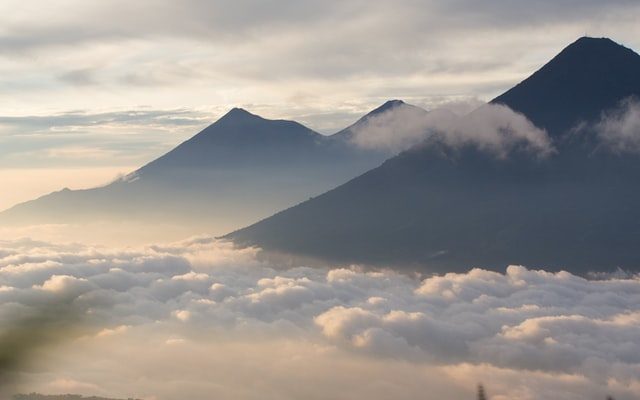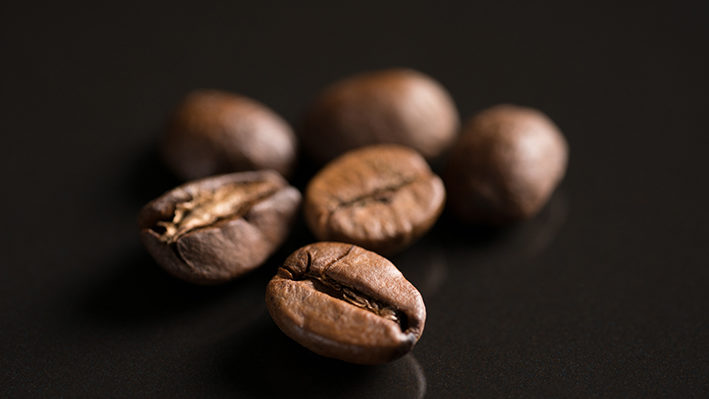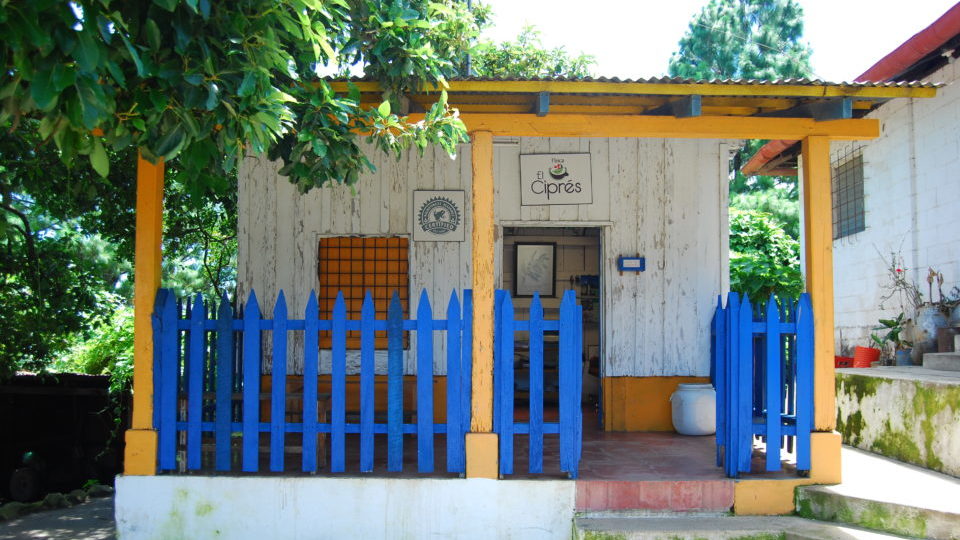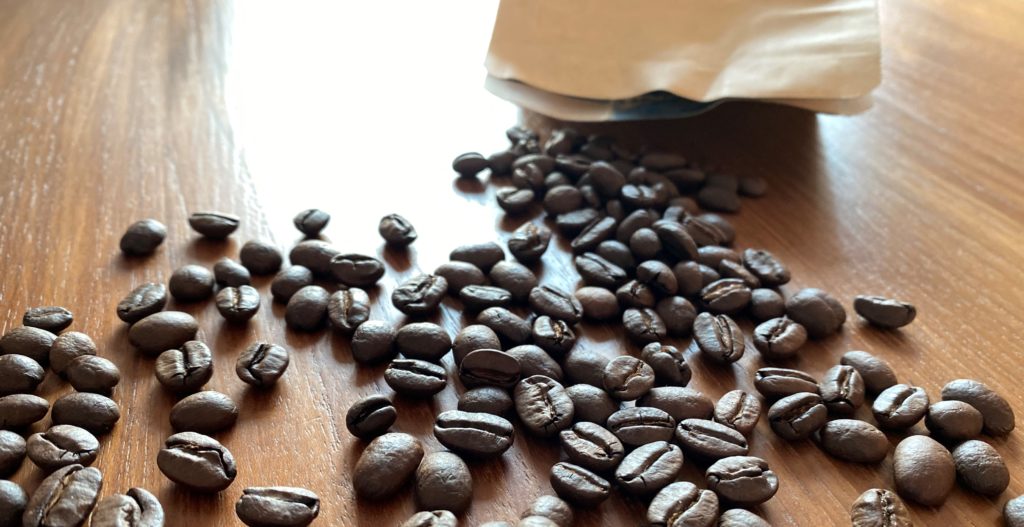Hong Kong is awash with coffee! Finally. Down almost every alley are hipster cafes with menus that offer options beyond the usual “latte”; exotic coffees with strange place-names like Kenyan Micro-lot and Ethiopian Honey Processed that take over 3 minutes to make. Those $80 cups are pretty good but with a bit of knowledge you can land coffee beans that will produce something even better at home.
The zone you are about to enter is the land of Specialty Coffee. Here bags of coffee beans are not cheap, going for $160HKD + for 200g. But how do you ensure that you are picking beans that are worth the premium price beyond the usual “grind it yourself” and “buy fresh roast” tropes? BeanCurious has four tips to give you the best chance of picking coffee you going to love:
- Go High Altitude – The higher the better. Look for 1,000m+
- Check the Processing – The processing technique gives a huge clue to how the coffee will taste
- Location – Gives some clues to the flavor profile
- Varietal – Doesn’t matter unless it’s Geisha (good!) or Robusta (bad!).

Why go high altitude?
When picking coffee, you want the beans that came from a plant that struggled to survive. Coffee grown at 1,000m and below are slackers: warm sun, mild days, easy living = a large harvest coffee cherries that are soft (literally! The bean at the center is softer), flat-tasting and boring.
The plants grown way up in the mountains? Those plants have it tough. Way up high, coffee plants suffer through blazing days and fridged nights. The large changes in temperature forces the fruiting process to slooooow down. At this slow pace the plants have to spend months creating just a few cherries. But what these cherries lack in abundance they more than make up for in flavor. The structure of high-altitude beans are dense making it easier to roast evenly with a consistent flavor.
There are a few exceptions to this rule (Kona coffee is grown at low elevations but the plants still experience hot days and cold nights due to the ocean) but 9 times out of 10, high elevation = better coffee.

Why care about coffee processing?
Right after altitude, processing methods have a huge impact on the final taste of a coffee. No one process is necessarily better than another, so you need to remember the processes that create the flavors you like. Fortunately there’s only four you need to know:
Natural Process : Sweet, fruity and wild
Cherries are picked, quickly cleaned and dried as a whole cherry in the sun for a few weeks. During this time the flesh ferments and the cherries shrivel up, condensing the flavours. The outer pulp is then stripped by machine. The result is sweet and fruity, with “wild” tropical fruit flavours which are a result of fermenting in the sun.
Washed or Wet Processed : Clean “coffee” taste
Most coffee is washed/wet processed. The cherries are pulped by machine, then soaked in a tank of water for anywhere form several hours to a few days. While in the controlled environment of the tank the beans ferment. The parchment (outer layer) of the beans are then washed and dried either in the sun for 2-3 weeks or by machine with continuous flow of hot air for a few days. The result is a clean taste with brighter acidity and medium body.
Pulped Natural / Semi-Washed / Honey Processed (as defined by the SCA) : Maximum sweetness and fruit
The name “honey processed” and “pulped” actually comes from the fact that the cherries are pulped, then left with their sticky, honey-like exteriors (called mucilage) to dry in the sun without any tank fermentation. After the cherries are dried to the producer’s target moisture content the parchment is stripped by machine. The results is a coffee with maximum sweetness and a complex floral or fruity flavor.
Anaerobic Fermentation / Wet Hulled / Giling Basah : Earthy, spicy, cedar, mossy
The origin of wet-hull fermentation came from the local Mandlehing tribe in Indonesia. The beans start out like honey process but then instead of drying, the coffee beans are fermented anaerobically in sealed containers without water. Once fermented, the beans are left to dry in the sun for a short period of time. While the moisture content is high, the parchment is stripped off and the beans are left in the sun for a quick drying off. The beans are then packed and shipped out with a relatively higher moisture content than the other processes. The moisture makes them a bit tricky to roast so you need an experienced roaster to handle these beans. The result is a coffee that smells of moss, cedar wood, or cardamom spices.
Local beans = Local taste.
The information below is so broad it borders on being criminal, but it works as a starting point for trying out different beans.

South America
Colombia, Peru, Bolivia
Coffee is grown up in the mountains (in Bolivia, it’s way, way up, over 2,500 meters!). Beans usually go through the washed process with sweet, bright acidity and medium body. Nuts / honeyed / caramel are common flavors, some varietals bear apple notes due to the rich malic acid produced during maturation.
Brazil
These are low altitude beans that are processed by pulped natural method. Low acidity, mild tasting with good body, kind-a boring but great for blending with other, stronger tasting beans.
Central America
Guatemala, Panama, El Salvador, Costa Rica, Honduras, Nicaragua, Mexico.
Beans are usually washed and have that “Classic Coffee” taste with a medium body and medium acidity. Nuts, chocolate, fruit and citrus flavors are common, for some varietals floral flavor is the signature.
Panama (Geisha)
Extremely expensive. Silky light body, complex floral aromas and honey-like sweet. Worth trying at least once.
North America
Hawaii Kona
Low altitude but still great tasting due to the influence of the ocean. However don’t judge these beans by their price: they’re very expensive due to American labour costs, not necessarily quality. Generally medium bodied, light berry with a hint of citrus notes. Aromas of light flowers and vanilla are common.
Asia
Indonesia
These come in two types, both of which have pretty unusual flavour profiles:
Anaerobic Fermented and Wet hulled beans beans are earthy and mossy with spices. An acquired taste. When someone says they dislike Indonesian coffees, they usually mean wet hulled Indonesian beans.
Washed or natural processed beans from Indonesia are subtly floral with sweet spices like cinnamon, caramel with cedar notes when roasted light or medium. Some have aromatic herbal aromas. Dark chocolate is common when roasted dark.
Papua New Guinea
Washed processing here gives the coffee milk chocolate, light citrus, vanilla and curiously floral notes. Coffee from Papua New Guinea is famous for its good balance.
Africa
The origin of coffee, this continent has a wide, wide variety of beans to explore.
Ethiopia
The OG of Arabica coffee. Thousands of varietals, styles and sub-regions are found here making it pointless to categorize but let’s try anyway, right?
Natural/Honey Process beans from Ethiopia are wild, fruity and may have a complex berry or wine like sweetness to them
Washed Process Ethiopian beans like typical Washed Sidamo or Yirgacheffe are light bodied, very floral and citric.
Kenya
The coffee mills here use a unique processing method. The cherries are washed and undergo double fermentation (soaked in water twice). Finally, the cherries are stripped, dried and shipped. The result is very acidic but balanced with sweet fruitiness and a heavy body.
Rwanda, Burundi
These coffees are floral and milk chocolate alike with prolong sweet finish. The acidity is also bright and smooth.

Bean Types
Another important thing to pay attention to in terms of the effect on coffee flavor is the bean varietal. So long as they are 100% arabica, you probably notice some differences among varietals. There are way too many varietals to cover but for the sake of completeness below are some of the more common ones you may come across.
Bourbon
No relation to the alcoholic drink (unfortunately), instead it is a natural mutant of Typica. This varietal’s name comes from its home, Bourbon, which is/was an island near Madagascar. The island has since been renamed Réunion. These beans are normally sweet with good body.
Catimor
A hybrid vigor crossing Caturra with Hybrid de Timor. Made to be easier to grow and disease resistant with little consideration for flavor. Sadly.
Ethiopian Heirloom
Native varietals that are found in Ethiopia, usually classified by the area they are grown in, i.e. Harrar, Sidamo, Yirgacheffe.
Geisha
Very complex and floral, eye wateringly expensive. This varietal was accidentally discovered in Panama where Geisha bushes were being used as a wind shield for more “valuable” crops.
Pacamara/Maragropye
Really big beans. Taste-wise they are the same as Typica but richer.
Peaberry
Not a varietal but actually beans with stunted growth. About 5% of all coffee comes out smaller and rounder than the normal ones, with only a single seed (coffee cherries normally have two). These cute little beans are separated from their bigger brothers and sisters because due to their small size they roast faster. No major taste difference here but some marketers saw an opportunity to make money so Peaberries now go for a premium price – not worth it.
SL-28 / SL-34
Obviously named by a botanist and not a marketer. Cultivar under the effort of Scott Lab. These beans are known to be fruity with brighter acidity. SL-28 has a curious blackcurrant flavor.
Typica
Like Heirloom, one of the original coffee varietals and the one you are most likely to find on the shelves of your local roaster.
Robusta
Like the Timor Hybrid, these are fast growing, cherry producing machines that are resistant to rust disease. Even worse tasting than Catimor. Expect notes of cardboard and a very bitter finish. Avoid.
2022 Update: there are some farmers in Vietnam that are trying to make good Robusta with mixed to not bad(?!) results. Watch this space (Source: The Atlantic, The Best Worst Coffee).
TL:DR
Ok that was a lot to digest. The best way to remember it is put that knowledge into practice! To help you get out there and explore here’s a condensed version of our tips:
1 High Altitude!
1,000 meters or above. If you remember anything, remember this.
2 Check the processing method.
- Natural Process: fruity, tropical, fermented
- Washed /Fully Washed Process: Clean. “Coffee tasting”
- Pulped Natural/Semi-washed/Honey Process: Max sweetness, fruity
- Anaerobic fermentation / Wet hulled / Giling Basah (Indonesian): Mossy, herbs, cedar, spices
3 Check the location
- Americas: Nutty / Chocolate / Classic
- Asia: Spicy / Earthy / Cedar / Herbal
- Africa: Floral / Fruity / Citrus
4 Varietal Doesn’t Matter
Unless it’s Geisha 💕👍🏽 or Robusta 👎🏽.


